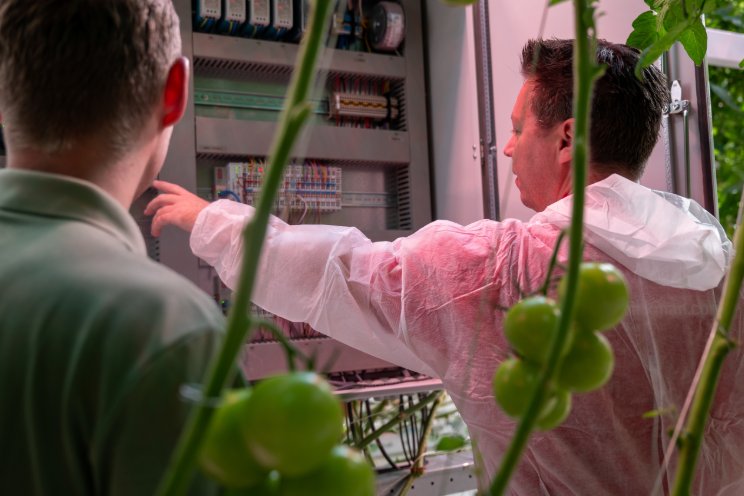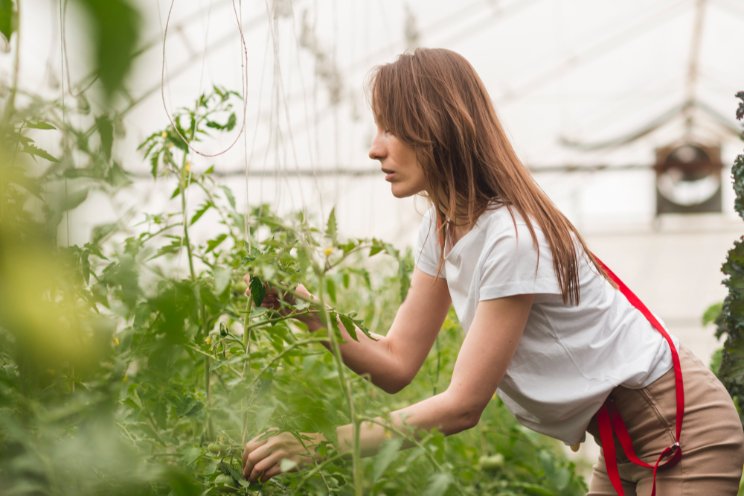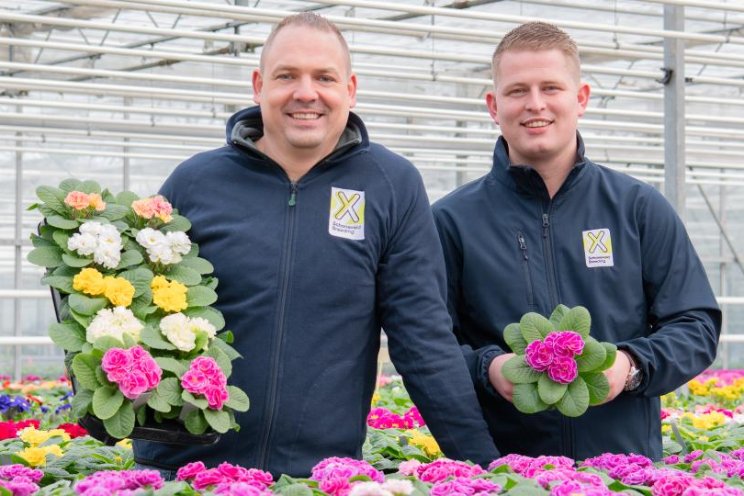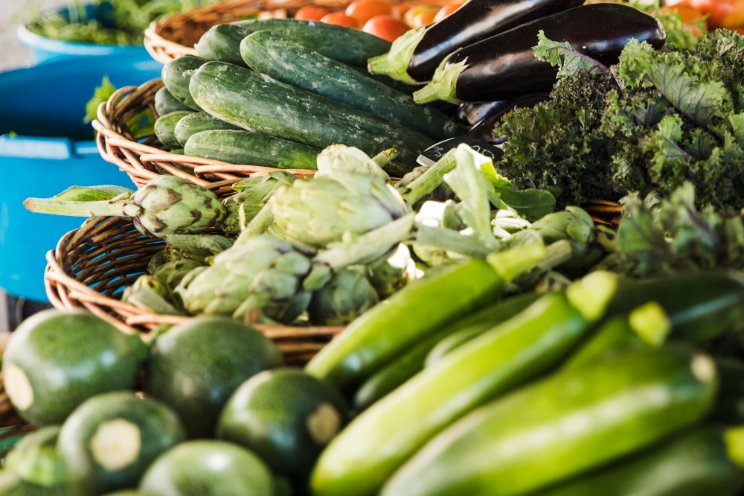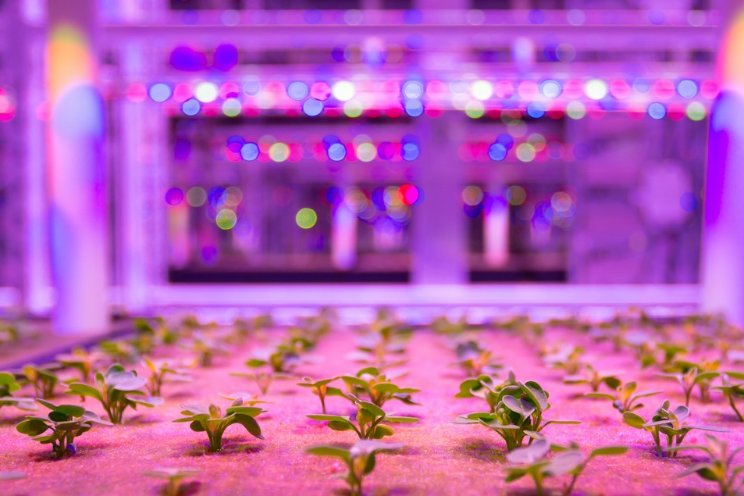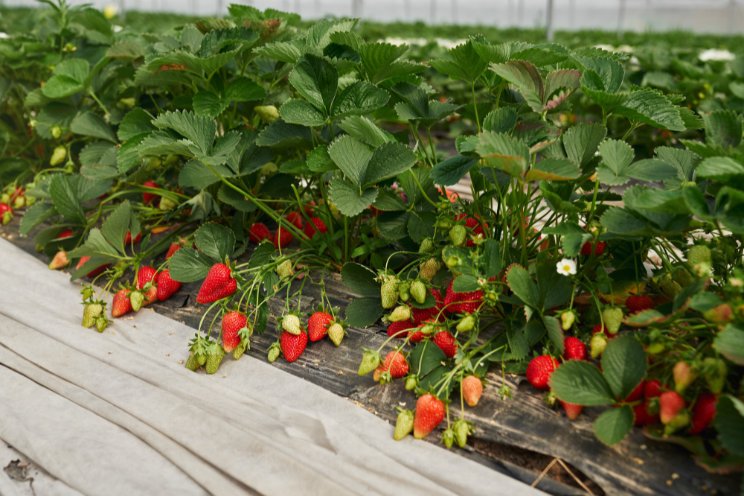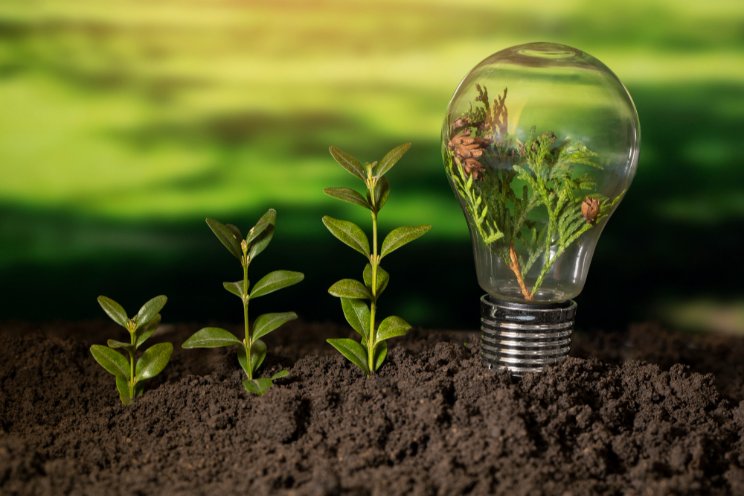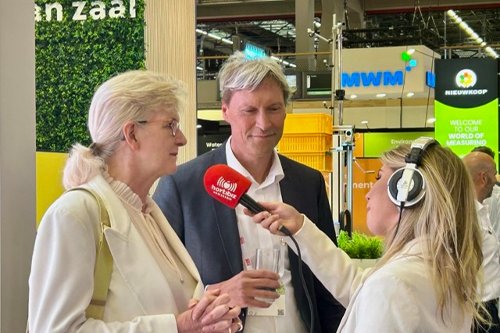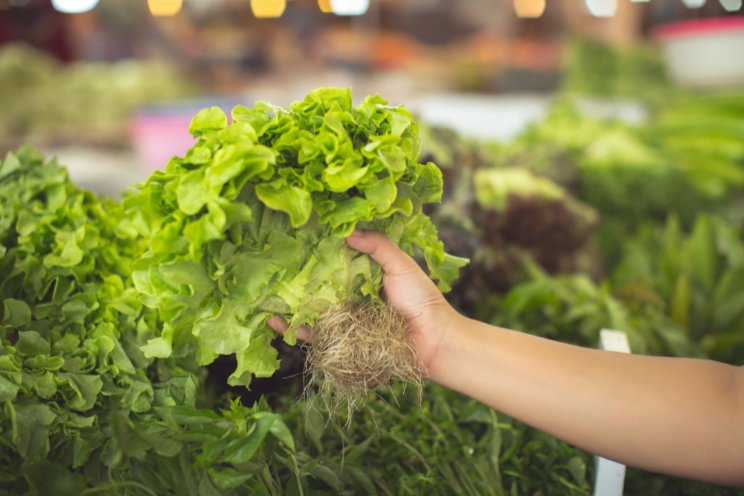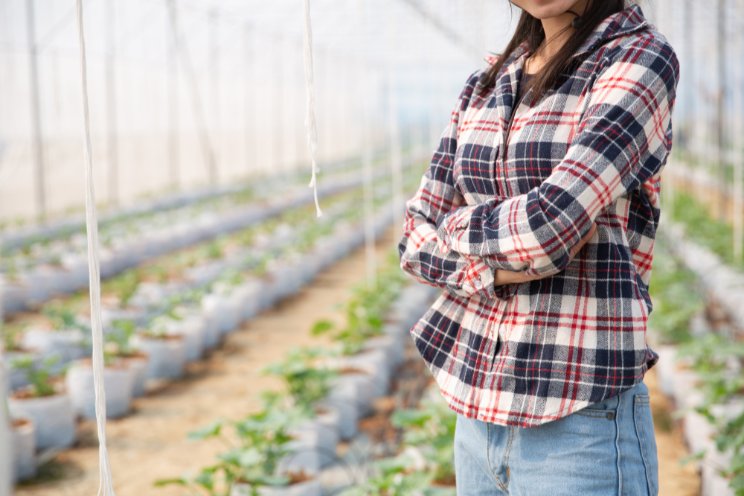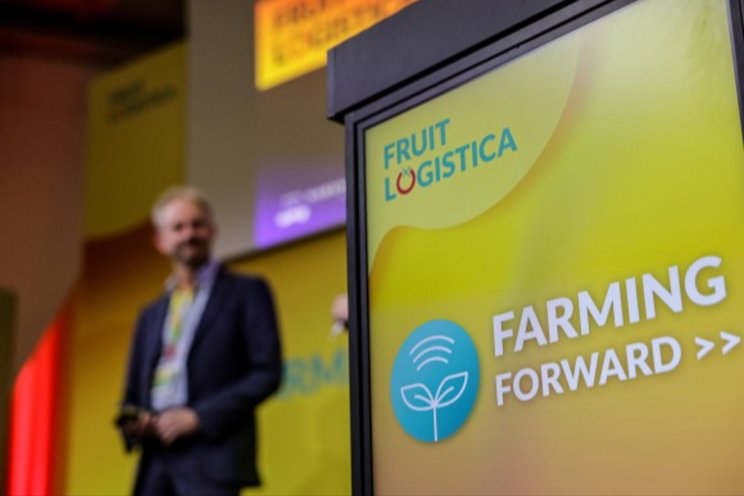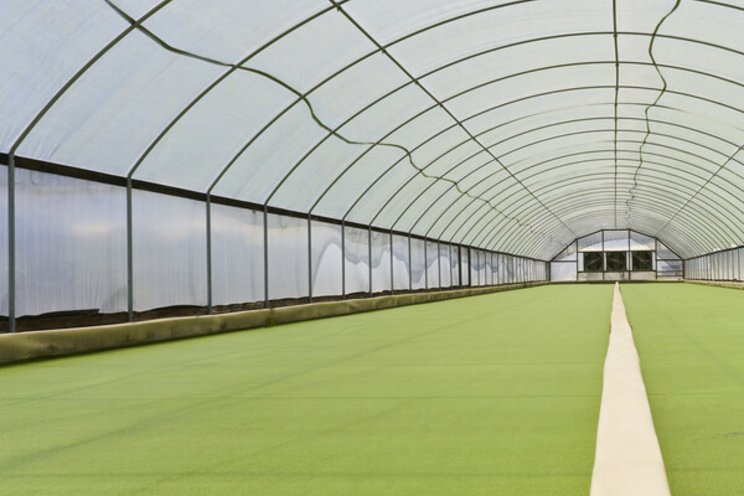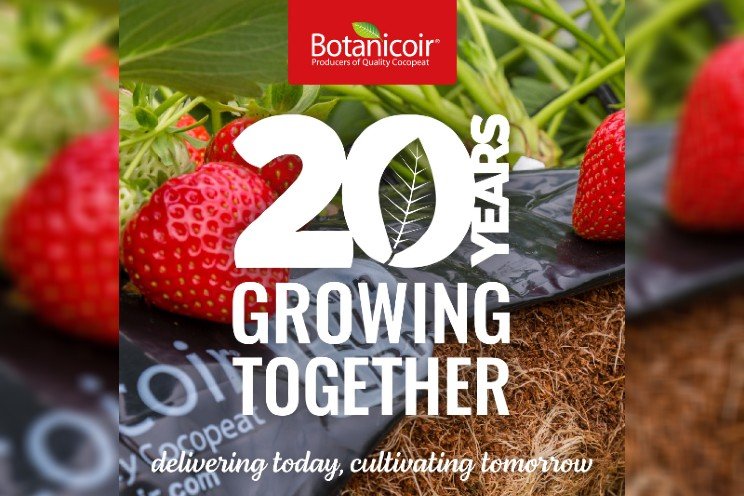What is agrivoltaics? Solar energy and agriculture work together?
Added on 26 February 2022
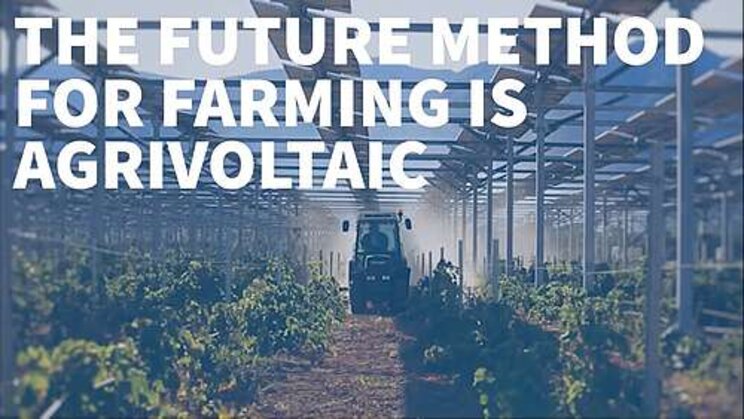
By working together on the same land, farmers and energy developers can realize benefits for all involved while preserving the agricultural character of the state's rural communities.
The growth of agrivoltaics is exponential and with that comes a great opportunity, but also a responsibility to develop and bring forward true agrivoltaic systems where the production of PV electricity is necessarily coupled to agricultural production.
In a recent article for Nature Sustainability, the U.S. Department of Energy's National Renewable Energy Laboratory's (NREL) Lead Energy-Water-Land Analyst Jordan Macknick and co-authors from the universities of Arizona and Maryland investigated the potential benefits of co-located agriculture and solar photovoltaic (PV) infrastructure (dubbed "agrivoltaics") on food production, irrigation water requirements, and energy production.
Building Resilient Systems
Across the globe, reductions in precipitation and rising air temperatures are increasing vulnerabilities in both the agricultural and energy sectors. Water scarcity concerns are shaping conversations and driving action in the agricultural sector while extreme weather events are impacting energy systems worldwide, reducing the reliability of energy generation. As such, the resilience of the global energy system is of growing importance. Drought-proof technologies such as wind and solar photovoltaics can satisfy both resilience and sustainability concerns.
However, studies of ground-mounted PV installations with gravel groundcover have found increased temperatures surrounding solar arrays, creating a "heat island" effect. This is particularly problematic due to PV panel sensitivities to temperature increases and resulting consequences for performance.
The business-as-usual approach to PV installations is to employ gravel as ground cover. Swapping the gravel for vegetation via strategic planting can help counter the heat feedback loop.
Novel Ecosystems
Applying a model derived from low-impact urban design, researchers looked to the concept of "novel ecosystems," and how they might benefit renewable energy and food production systems in dryland ecosystems. Researchers considered the possibility of co-located agriculture and solar PV infrastructure to maximize crop yields, minimize water use, and produce resilient, renewable energy.
To test their concept, researchers planted three common plants (chiltepin pepper, jalapeńo, and cherry tomato), representative of three different dryland environments, beneath PV panels.
Click here to read more.
Source: Agritech Future
More news
